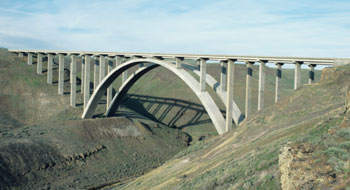
Pension plan allocations to alternative assets have nearly tripled over the past 10 years and now account for 17% of all pension fund assets globally, according to research from Towers Watson.
The firm’s Global Alternatives Survey of 149 asset managers covers the following asset classes: real estate, private equity fund of funds, fund of hedge funds, infrastructure and commodities. The survey found that real estate managers account for approximately 52% of assets (down from 58% in 2008); followed by private equity fund of funds with 21% (up from 20% in 2008); fund of hedge funds with 13% (unchanged); infrastructure with 12% (up from 9% in 2008); and commodities with 2% (up from 0.5% in 2008).
According to Carl Hess, global head of investment with Towers Watson, institutional investors have been encouraged by the way these strategies have performed.
“The trend away from equity-focused portfolios to more diversified structures is now well established as investors acknowledge the risks associated with an undiversified approach, particularly in light of ongoing economic uncertainty,” he says, adding that infrastructure and commodities have become increasingly popular over the past year as pension plans became more comfortable with the asset classes.
“However, investors should be very wary of the structure of some of these mandates, with careful attention being paid to the ‘net of fees’ proposition, in particular, for infrastructure.”
Hess says investment in commodities is increasing along with the development of suitable vehicles, resulting in investors using them as a diversifier and hedge against inflation.
And while Towers Watson said it believes in the ability of top hedge fund and private equity managers to adapt to changing and increasingly volatile market conditions, the firm expects that larger plans would eventually eschew their services for a more direct approach.
“We believe that more larger investors will invest directly in the future rather than through funds of funds, particularly due to positive developments on fees, which are increasingly better aligned with investors’ interests,” says Hess. “This, and liquidity factors, would account for static fund of hedge fund [assets under management] last year and only modest AuM growth in private equity fund of funds.”
According to the survey, more than half (51%) of alternative assets managed on behalf of pension funds are invested in North America, while one-third are invested in Europe and 9% in Asia-Pacific. In terms of domicile, two-thirds of managers are based in the U.S., while one-quarter are based in Europe, with the remainder being based in Asia-Pacific.
Hess says the theory of diversity has faced its “sternest test in a generation” but that investors who followed the theory have made a strong case for it.
“Going forward, it is likely to become even more important given the ongoing economic uncertainty, and new opportunities will continue to help build more efficient portfolios,” he says. “While this could lead to a requirement for higher governance than for a simple equity/bond portfolio, it doesn’t necessarily have to, and we think the effort to diversify is worthwhile.”
Macquarie Group was identified as the largest infrastructure manager of pension fund assets with US$51.6 billon (C$53.3 billion), up from $44.4 billion in 2008. On the private equity side, HarbourVest Partners again leads the pack with US$21 billion (C$21.7 billion).
Blackstone Alternative Asset Management manages the largest proportion of fund of hedge fund assets on behalf of pension funds with a total of $14.3 billion. Meanwhile, ING Real Estate Investment Management tops the real estate table with $32.4 billion, and PIMCO leads the pension fund commodities manager field with $8.5 billion.
